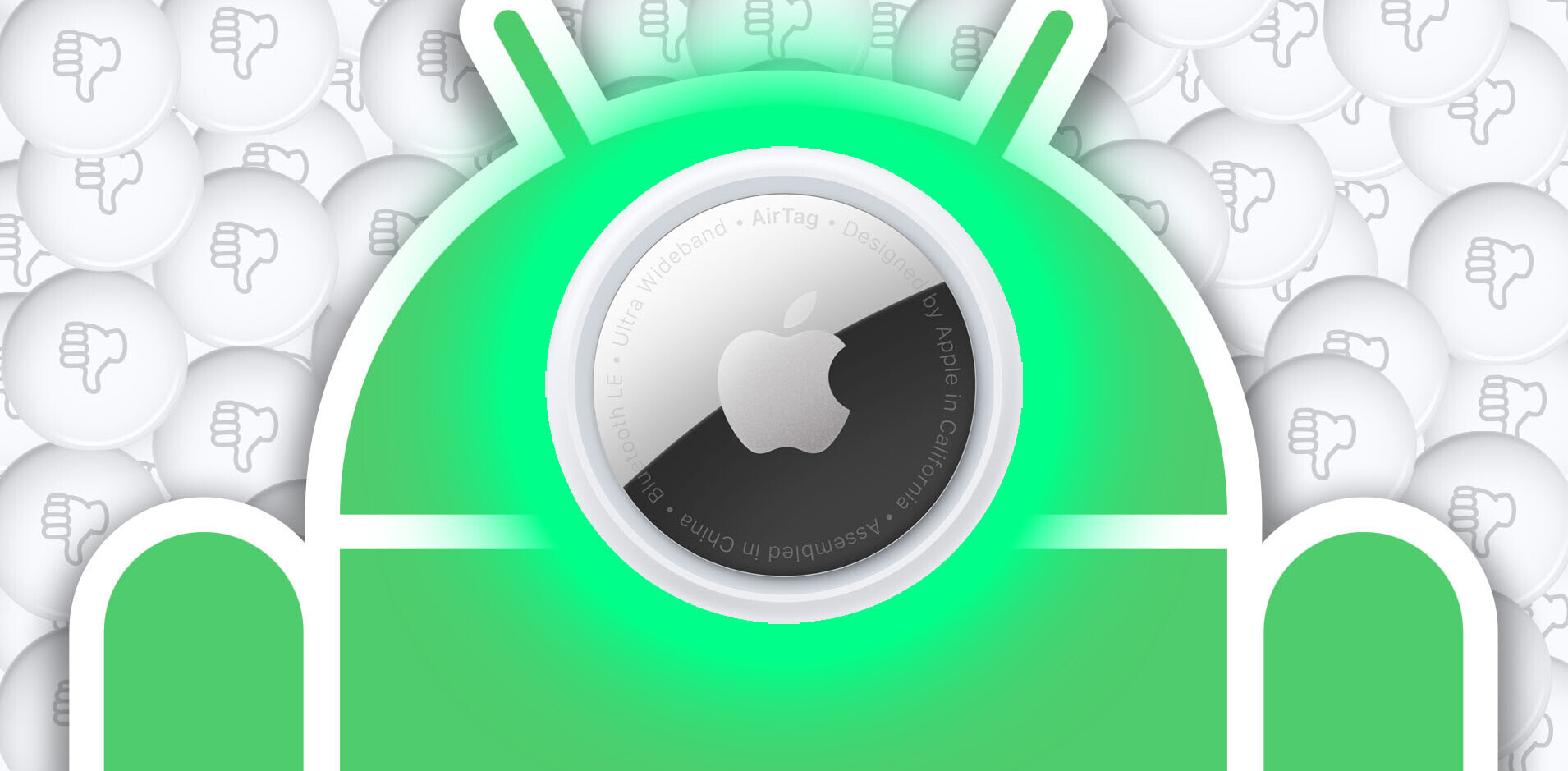
There are a lot of good phones out there. From the iPhone 6 to the Galaxy Note 4, the market is saturated with devices clamoring for your attention with their thinness, metal structure or fancy exclusive features.
Motorola and Verizon’s Droid Turbo (or the Moto Maxx, outside of the US) isn’t like that though. It doesn’t try to reel you in with gimmicks, and unlike the heavily customizable Moto X, its design takes second place to functionality.
I’ve spent a couple of weeks trying out the device since my initial hands-on, and that time has reaffirmed my belief that the Turbo is the best Android phone you can buy on Verizon.
Let’s take a look why:
Design
Verizon’s Droid phones have traditionally opposed the general trend of creating sleeker, more minimal phone designs. Instead, they have always been about a dark, masculine design language – the Turbo is no different.
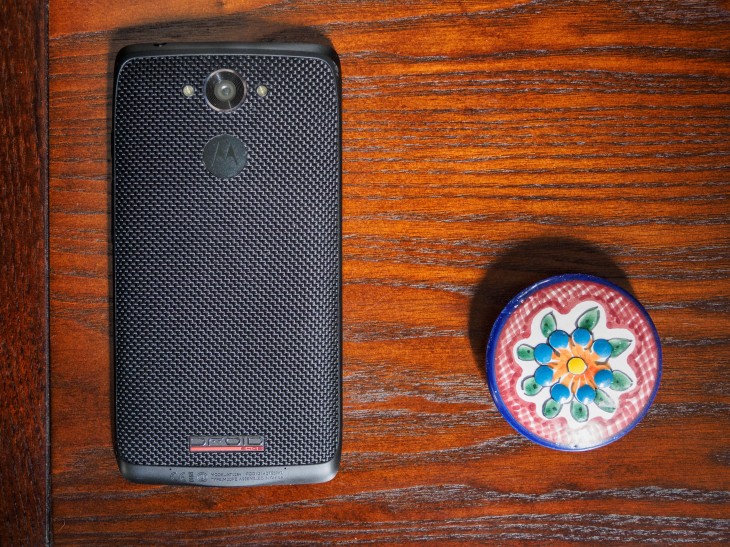
Our review unit was of the ‘ballistic nylon’ variety, which has a texture akin to a woven backpack. It’s not the most refined or luxurious look, and it comes off as staunchly utilitarian against a gamut of competitors fighting over who’s the shiniest. But then again, I also wouldn’t worry about it scratching up after months of use. Besides, there’s always the extremely red glass fiber option if you want to attract attention.
In order to fit its huge 3,900 mAh battery, the Turbo is chunkier than most other flagship phones – it comes in at 11.2mm at its thickest point. But it still manages to be smaller than you’d expect, and the in-hand feel is great.
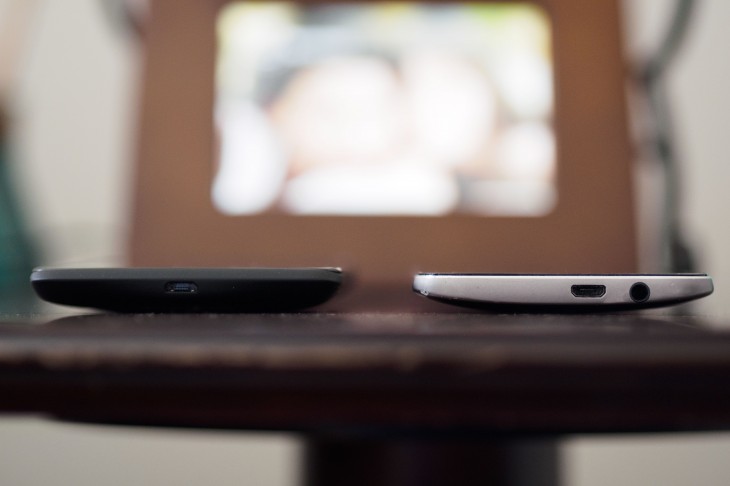
This is partly because the bezels around the screen are kept to a minimum, even with the capacitive buttons at the bottom. The phone is actually about the same size as an HTC One M8, despite having a 5.2-inch display (versus a 5-inch one). Because of the small bezels, stretching to reach the top of the display feels no more difficult on the larger screen.
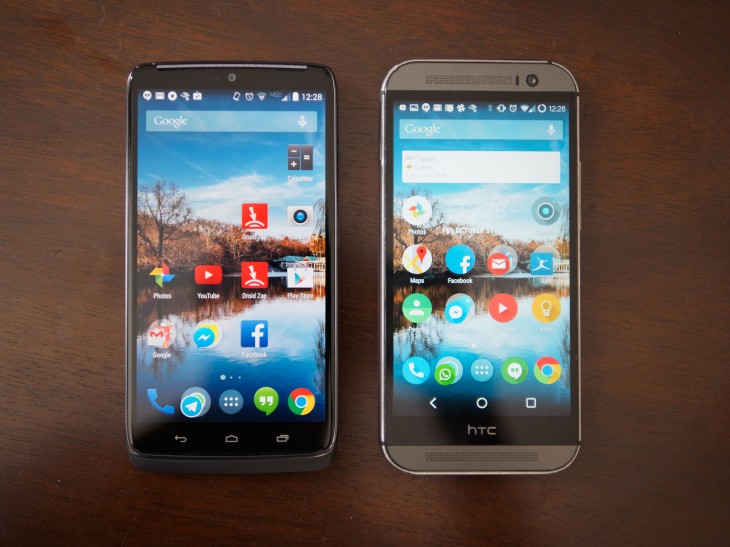
Moreover, it feels more comfortable to use. The aforementioned nylon back, the rubberized texture around the edges and even the added thickness contribute to making it one of the few flagships that doesn’t feel like an accident waiting to happen. Bonus: it’s also water resistant for when you’re texting on a rainy day, and if you do happen to drop it, Verizon includes one free screen replacement.
The only issue I have with the hardware is that the volume rocker feels a little stiff, which could have something to do with the fact that the rocker is removable and houses the SIM tray.
This phone won’t win any beauty pageants, but there’s also very little to complain about. And if you get the nylon back, you don’t even have to deal with any Verizon logos!
Display
The Droid Turbo features a 5.2 inch 2560×1440 AMOLED display, amounting to 565 ppi, which makes it the smallest and densest QuadHD display to date. It’s a PenTile array, but at this resolution, it’s extremely hard to tell. The improvement over a 1080p display is very small, but it’s there; text and images look extremely sharp.

I’m typically not a fan of AMOLED screens because they tend to oversaturate colors, but the display on the Droid Turbo is one of the tamer ones out there. Colors are still exaggerated, but never to a point that they look garish.
There are a couple of issues though. There’s a very faint but noticeable color shimmering when looking at a lot of white space (an ebook, for example), which becomes more obvious at extreme angles. The screen also just a bit too warm – you never seem to get pure white out of the display.
Nevertheless, I expect most users won’t notice or care. It’s otherwise a gorgeous screen that handles video and images extremely well, and the standard benefits of AMOLED – pure blacks, excellent contrast, even lighting – still apply here.
Using it
The Droid Turbo is true to its name – the phone is fast. That shouldn’t come as a surprise given its specs: it’s got a 2.7GHz Qualcomm Snapdragon 805 processor running on 3GB of RAM, which matches the Nexus 6 for power in a body closer to the Moto X’s size. And though there’s no SD card slot, you get the phone in 32GB and 64GB options.

The phone runs on a build very close to stock Android 4.4 KitKat, so there’s little manufacturer software to slow down the device. Throughout my time with it, I never experienced any lagging or stuttering, and it should only get better with a soon-incoming Android Lollipop upgrade.
As typically is the case with Motorola, call quality was good on both ends – I could hear callers easily, and I came through cleanly to them. A bigger surprise was the speaker. It’s very loud and clear for what it is, and I had no trouble discerning instructions when using the GPS in my car with the windows down.
Of course, the Turbo includes virtually all of the features on the 2014 Moto X, including customizable voice commands, the Moto Display notification system and a driving mode. These are some of the few legitimately useful manufacturer additions that can get out of your way when you don’t need them. For more on those, check out our review on the 2014 Moto X.
There’s some Verizon bloatware too, but its limited to individual apps like VZ Navigator, which you can disable if you like.
Camera
Motorola’s phones have gotten plenty of praise recently, but the cameras often aren’t worthy of the same accolades. Mercifully, Motorola has upped its game for the Droid Turbo.
The Droid Turbo is outfitted with a new 21MP chip ,albeit without optical image stabilization [OIS], and the result is a much more enjoyable shooting experience in all conditions. More megapixels don’t always mean better performance, but results are consistently better this time around. The images are higher resolution, of course, but more importantly the color rendering seems punchier without being overdone.
Low-light shooting is also a bit of an improvement over the Moto X. The higher resolution sensor allows more sophisticated noise processing behind the scenes, resulting in cleaner images – particularly when sized for sharing on the Web. Additionally, the camera’s Auto HDR feature works surprisingly well to reduce noise in static scenes in addition to increasing dynamic range, though it still would have been nice to have OIS.


The shooting interface itself hasn’t really changed – you now have an option for 4K video, but that’s about it. This means you don’t get to mess around with much more than panoramas, focus/exposure points and HDR.
It’s worth keeping in mind the Turbo defaults to a 16:9 aspect ratio to fill up the screen, but by doing so wastes a large portion of the sensor’s image area – you should switch to the 4:3 aspect ratio if you want to get the most detail out of the camera.
It’s a pretty barebones camera, but at least you’ve got solid foundation to work with this time around.
Battery Life
The big story with the Droid Turbo is its “48-hour” battery life. Let’s get this out of the way: your phone probably won’t get through two entire planetary rotations every time. But compared to most of its competitors, it will last a heck of a long time.
I started off pushing the Turbo a bit harder than I’d normally use my phone – alternating Wi-Fi and LTE tethering, doing lots of browsing and messaging, using navigation, making a few phone calls, watching YouTube videos, as well as hours of music streaming. During all this I consistently netted a day and a half of use.
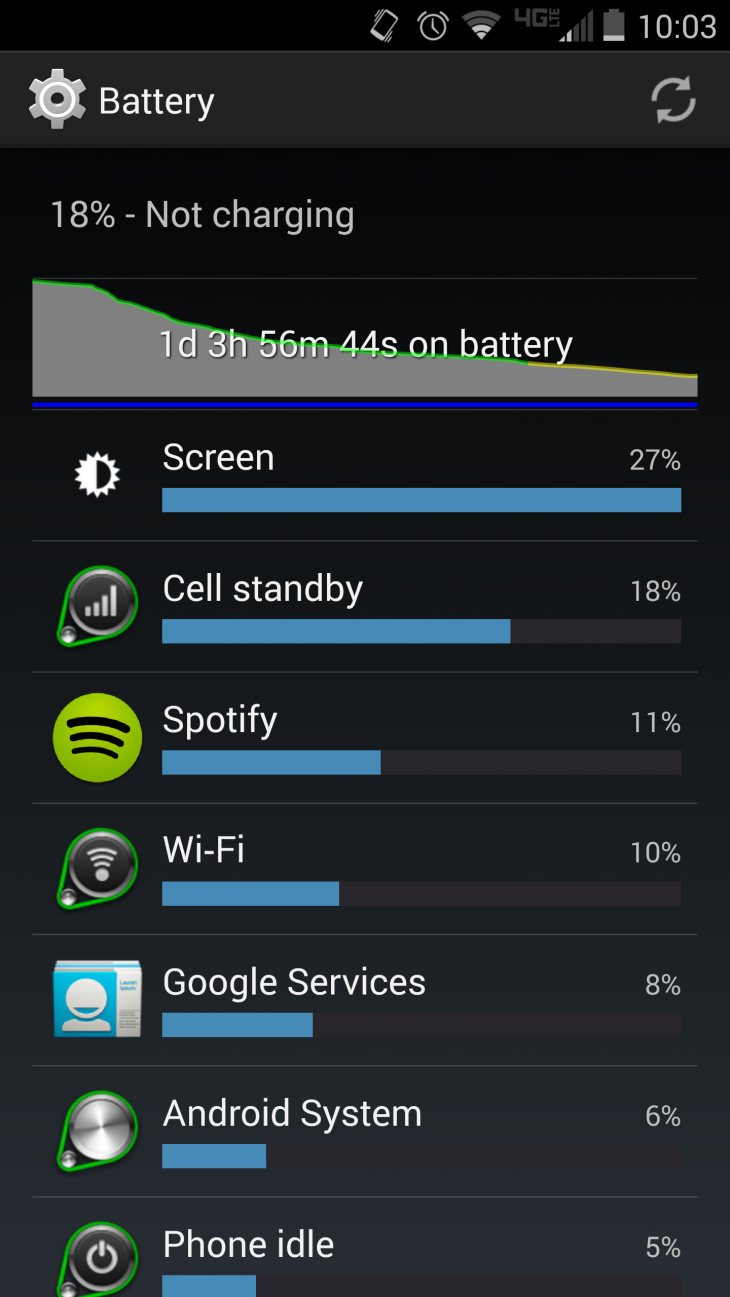
On one occasion, I was actually able to get the phone through a legitimate 48 hours, but that involved babying it with a low brightness and avoiding power-hungry apps. On other occasions, I watched videos all day and was able to drain the battery by the next morning. But I never drained it in less than a full day.
It may be difficult to actually reach 48 hours of mixed usage, but that doesn’t matter – the point is you’ll almost never be left wanting for power, even after a long night out.
I never realized that was something I was missing with my previous phones – I became accustomed to carrying a charger with me and tiptoeing around my phone usage late at night, or avoiding power-hungry apps early in the day. The Turbo’s huge battery means I can do pretty much anything I want on my phone and know I’ll still be able to get back home safely or make an emergency call. It means peace of mind.
The other part of the battery life story here is the fast-charging ability, which will get you from 0 to around 17 percent battery life in about 15 minutes with the included high-speed charger. (charging rate slows the closer you approach 100 percent). Other phones feature fast-charging, but you normally need to buy a compatible charger separately. There’s likely a secondary reason for including it here though: it takes something around four to five hours to fully charge the device with a standard charger.
Final Thoughts
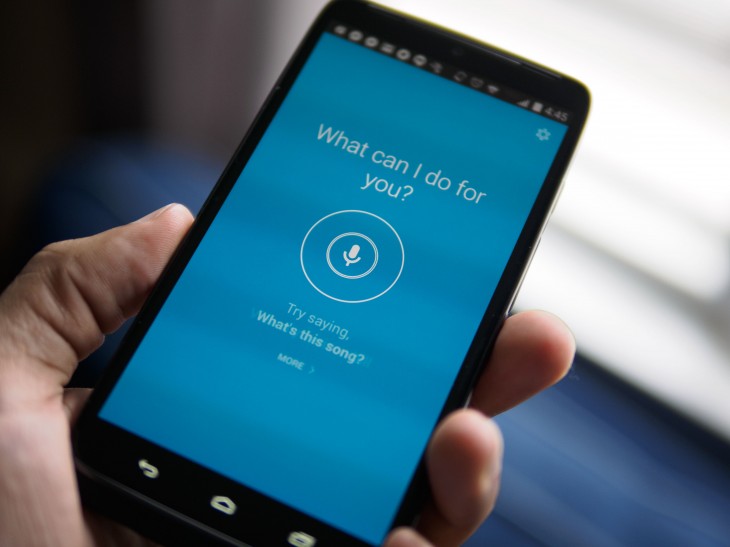
The Droid Turbo puts practicality over looks and gimmicks. That’s a refreshing change of pace.
A month ago, we said the 2014 Moto X was the best Android phone you could buy outside of Google HQ. The Droid Turbo takes all of the Moto X’s specs and makes them better: you get a denser screen, a much larger battery, a slightly faster processor, a 64GB storage option and a much better camera.
Of course, the Nexus 6 brings similar upgrades, but some of us prefer a thicker battery to a larger screen. If you can live with the Turbo’s design and are on board with Verizon’s networks (or live somewhere you can get the Moto Maxx), there simply isn’t a better Android phone you can buy. And at a $199 starting point, it’s competitively priced as well.
Get the TNW newsletter
Get the most important tech news in your inbox each week.



